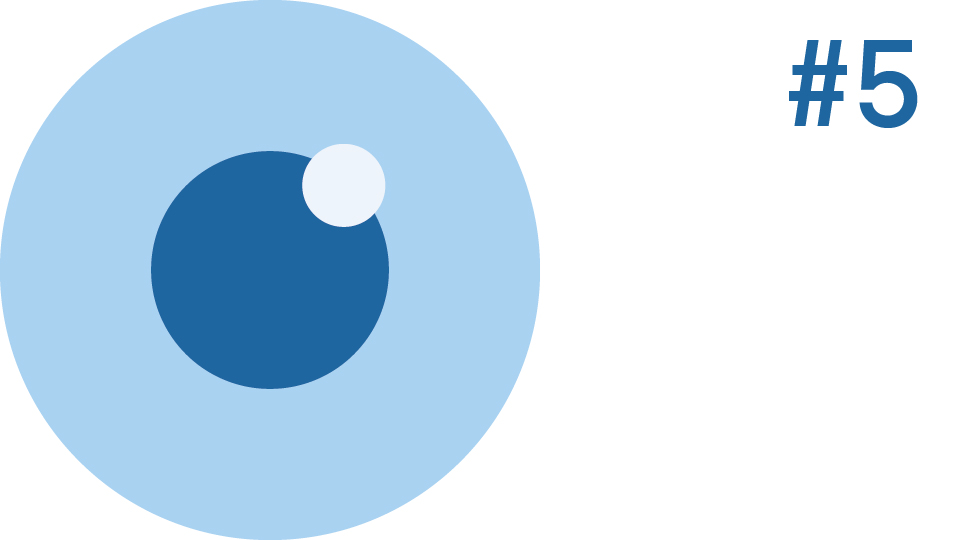Vitreoretinal complications in high myopia
09/01/2026

24/05/2022
If you have ever asked yourself the above questions, we invite you to listen to Babies and children, the challenge of checking up their vision #5 the last chapter of Descansa la Vista, the podcast of the Barraquer Ophthalmology Centre. We chatted with Susana Escalera, one of the specialists in paediatric optometry at Barraquer, where 14,000 children are seen each year.
Susana gains the trust of the 25 to 30 children whom she sees in her office daily. Her experience is paramount to a successful eye exam of these small patients, as she says, "80% of the information we receive about the world around us is visual information, so ensuring good visual health, especially at school age, is key to development."
Caring for the paediatric patient experience
The Barraquer Ophthalmology Centre has a team specialized solely in children. Although the general recommendation is to start optometric and ophthalmological check-ups at two years of age, there are smaller patients who present some defects as babies –noticed by the paediatrician or by the parents themselves– and are treated from a very young age by our team. "If there is a family history of some eye pathology, we can check even babies who are weeks old," says Susana.
In such young patients, eye check-ups are highly tailored to each stage of visual development. Newborns are easy to explore, although the task is complicated in older babies, one or two years old, who are already moving a lot but are not cooperative because they do not yet understand what is happening. These children are not able to say what they see, so the work of the optometrist is of vital importance: to find out about the state of visual functioning depends on their ability.
“Many times, when the child is already very tired, we have to do what is necessary. Playing at being pirates if it is time to put on a patch or even checking the sight of very young children while they are being breastfed by their mother are resources that we resort to in order to determine, for example, their prescription”, confesses the optometrist. Because, in addition to professional rigor, for this team it is very important to take care of the child's experience as a patient: “We don't want them to feel like they are at the doctor. They perceive the visits as a place where they come to play because our main objective is to make them feel comfortable”.
Tests are also adapted. If in adult check-ups visual acuity is measured with the well-known test where the patient has to describe letters of different sizes (Snellen test), in children a test is used depending on the stage of child development where a series of recognizable drawings appear, or the Teller test in babies who do not speak, since some sheets are shown with some lines and it is the professional who takes note of the placement of the child's eyes.
The role of the optometrist
The optometrist is in charge of checking that the visual system is working properly, that is:
Optometrist and ophthalmologist have a differentiated role, the function of the former being fundamental, and together they form a tandem that complements each other. The optometrist is the first person that the patient sees, so they receive all their concerns and writes them down to provide the ophthalmologist with the maximum information. Subsequently, the ophthalmologist will carry out an eye examination and, together with the prior information from the optometrist, will be able to make a medical diagnosis: determine if the eye is healthy or if, on the contrary, there is some alteration or pathology for which treatment will be prescribed.
We chatted with our pediatric optometrist Susana Escalera, who sees about 30 children a day in her office. Her experience and skills are paramount to a successfult eye exam of these small patients, some of whom are still a baby. It seems like a simple task, but it is not.